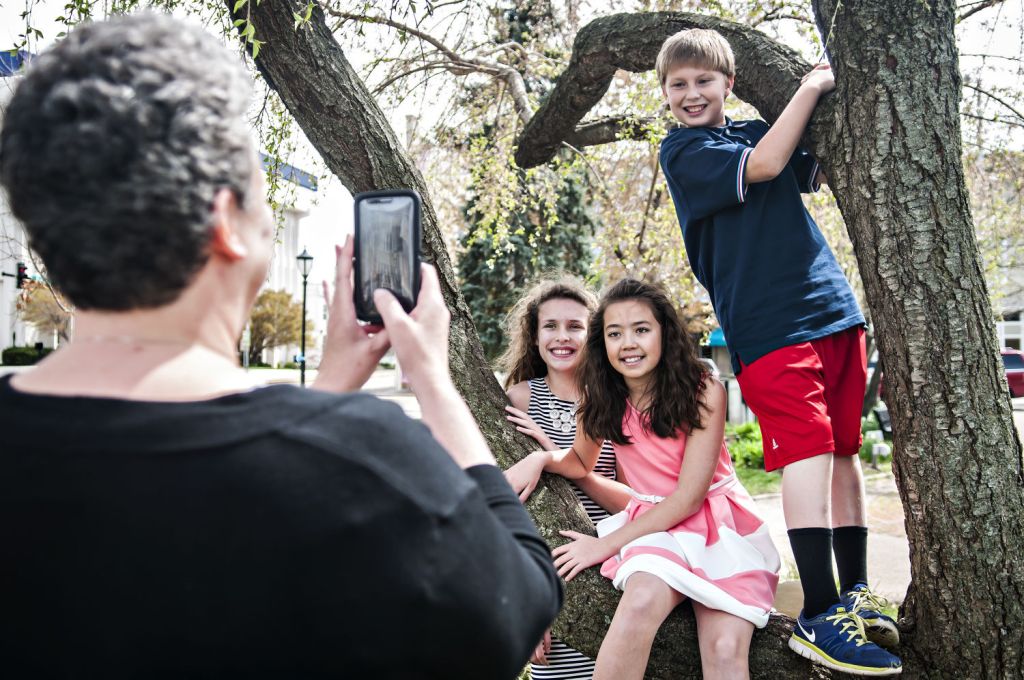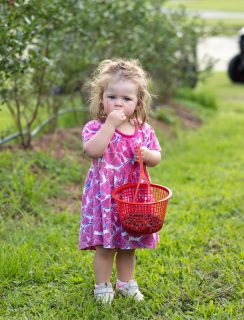Bowling Green plans to add about 200 trees to parks this month
Published 8:00 am Thursday, November 8, 2018

- Many people use Fountain Square Park as a backdrop for photographs. Melinda Logic (from left) takes photos of her daughter Hannah Logic, 13, her niece Paris Carlson, 11, and her son Garrick Logic, 11, all of Bowling Green in 2015 at the park.
On average, American cities and towns are losing an estimated 36 million trees each year, according to a U.S. Forest Service study published this year.
Kentucky loses between 0.25 and 0.5 percent of its trees each year, the study said.
But not in Bowling Green.
“We try to plant more trees than we have to remove,” said Jared Weaver, Bowling Green’s city arborist.
That’s why Weaver will help plant about 200 trees in city parks this month after the trees finish shedding their leaves.
There will be shade trees like maple, oak and black gum, evergreens like hemlock and pine, and flowering trees like dogwood and redbud.
“We try to plant a wide range of trees for ecological benefit,” Weaver said. “Species diversity and age diversity is important in the urban forest population.”
Diverse plantings offer protection from potential devastation from infestations, as certain insects generally affect certain trees.
“That way the entire urban forest won’t be affected,” Weaver said.
For example, the invasive emerald ash borer has been infecting ash tree populations, causing thousands of ash tree deaths in the Washington, D.C., area, according to the National Park Service.
Bowling Green also remains proactive in pruning trees to keep them healthy, because living near trees isn’t an amenity, it’s a necessity, according to Weaver.
In return, trees provide health benefits for the people living near them through reduced stormwater runoff, temperature moderation and improved mental health.
“Trees are beautiful, they have aesthetic value, and they can increase your property value,” Weaver said. “They have social values. Neighborhoods with tree canopy have less crime and slower traffic.”
Trees also release oxygen while drinking in poisonous gases and particulates – effectively reducing air pollution, which harms your heart, lungs, brain and possibly even your IQ. (Canopy density and tree species are important factors when optimizing health benefits, however.)
Bowling Green residents can magnify this effort by planting trees themselves, and November is a good time to get started.
“Tree roots will grow all year long in Bowling Green,” Weaver said. “The ground rarely freezes in the area.”
Before you scurry to the nearest nursery, it’s a good idea to check with Bowling Green Municipal Utilities to ensure there is no underground line in your selected location, and to contact the Tree Advisory Board for recommendations on the best tree species to plant in your neighborhood.
When planting trees, place a layer of 3 to 4 inches of mulch around the roots. That will protect the roots from the elements and allow them to grow throughout the winter – and it will also give the trees a head start to root before spring. Trees don’t require much water or fertilization, and excess moisture could actually cause the root to rot. There’s more information on how to select and plant trees at bgky.org/tree.
“Trees are pretty well adapted on their own, as long as they’re trees hardy for this area,” Weaver said.





